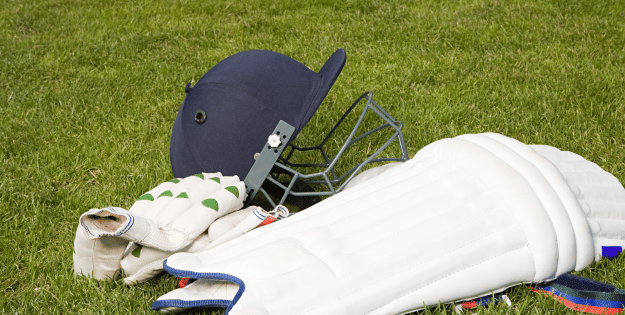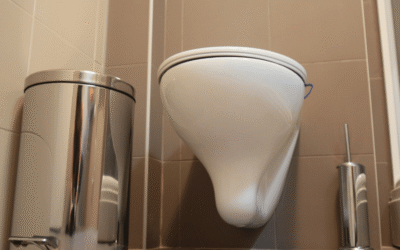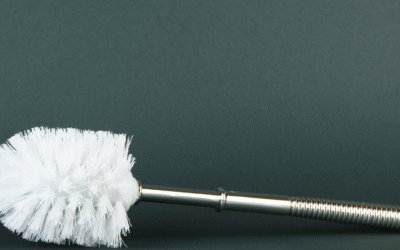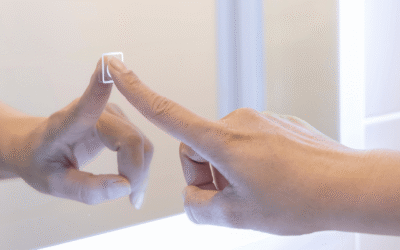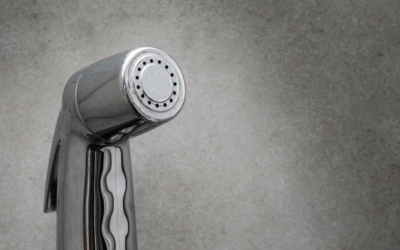In the fast-paced world of cricket, safety on the field is non-negotiable. As the game continues to evolve, so does the gear that shields players from harm. At the forefront of this protective armoury are cricket helmets, essential for safeguarding cricketers against potential head injuries. The right helmet can be the difference between a minor bump and a serious injury, making it a crucial investment for both budding talents and seasoned professionals.
With a vast array of helmets available, choosing the perfect one can feel overwhelming. Players must balance safety with comfort, ensuring their helmet feels like a natural extension of themselves. This article explores the best cricket helmets on the market, guiding readers towards informed decisions. By prioritising both protection and ease of wear, players can focus on what truly matters—excelling in the game, confident in their safety.
Top Amazon Sellers
Key Takeaways
- Cricket helmets are crucial for player safety, shielding against potential head injuries, thereby allowing players to focus on performance rather than safety concerns.
- Choosing the best cricket helmet involves assessing fit and comfort, ensuring complete coverage with adjustable components, to maintain focus and safety.
- Compliance with safety standards such as the British Standard BS7928:2013 is paramount, guaranteeing optimal protection through impact-resistant helmets.
- Key features like ventilation, lightweight construction, and adjustable straps enhance user comfort and performance, minimising fatigue and injury risk.
- Regular maintenance practices, including cleaning, inspecting for damage, and correct storage, are essential to extend the lifespan and efficacy of cricket helmets.
Importance of Wearing a Cricket Helmet
Safety in cricket relies heavily on wearing a helmet during batting. It’s essential gear, protecting against potential head injuries from fast or unexpected deliveries. Cricket helmets enable players to focus without fear, shifting concern from safety to performance. Proper fit enhances protection by ensuring coverage of critical areas like the forehead and temples. Adhering to safety standards guarantees the best cricket helmets provide necessary impact resistance. Modern helmets also account for comfort with adjustable straps and adequate padding. Despite debates about visibility, the benefits of wearing a helmet far outweigh these concerns, making it indispensable for cricketers of all levels.
Criteria for Choosing the Best Cricket Helmet
Selecting the best cricket helmets involves evaluating several critical factors ensuring both safety and performance on the field.
Fit and Comfort
The best cricket helmets offer a snug fit that covers the forehead, temples and back of the head. Proper sizing is essential, and adjustable straps enhance comfort and security, allowing players to maintain focus during gameplay.
Safety Standards
Helmets compliant with British Standard BS7928:2013 guarantee maximum impact protection. This standard ensures the helmet’s ability to withstand significant force, contributing to the player’s safety. Prioritising certified helmets is essential for optimal protection.
Material and Durability
Helmets crafted from high-quality, durable materials provide extended life. Strong outer shells coupled with effective padding absorb impact, crucial for repeated use. Durable construction is integral to withstand rigorous match conditions.
Top Features to Look for in Cricket Helmets
Ensuring both safety and performance is essential when selecting the best cricket helmets. Several key features contribute significantly to a helmet’s effectiveness.
Ventilation and Weight
Quality cricket helmets offer strategic ventilation to keep players cool during matches. Lightweight designs enhance comfort and reduce fatigue, allowing for better endurance during extended play.
Adjustable Components
Features like adjustable straps and padding ensure a secure and customised fit. These components help maintain the helmet’s position during impact and improve overall safety for players.
Tips for Maintaining Your Cricket Helmet
Maintaining the best cricket helmets involves regular cleaning. After each match or practice session, wipe the helmet with a soft cloth to remove dirt and sweat. Avoid using harsh chemicals as they can damage the materials.
Check for damage routinely. Inspect the faceguard and straps for any signs of wear or damage. Replace any broken or worn parts to ensure ongoing protection.
Store the helmet correctly. Keep it in a cool, dry place away from direct sunlight to prevent material degradation.
Ensure the integrity of the padding. Periodically assess the foam padding for compression or tears, replacing it when necessary to maintain its impact absorption capabilities.
Following these practices helps extend the lifespan and effectiveness of cricket helmets, ensuring players stay safe on the field.
Conclusion and Top Picks
Choosing the right cricket helmet is crucial for ensuring player safety and enhancing performance on the field. With a focus on fit comfort and compliance with safety standards players can find helmets that offer optimal protection without compromising on comfort. The advancements in helmet design now provide options that balance safety with features like ventilation and lightweight materials. By investing in a high-quality helmet and adhering to proper maintenance practices players can safeguard themselves against head injuries and focus on excelling in their game. With the right helmet cricketers can play with confidence knowing they’re well-protected.
Frequently Asked Questions
Why is wearing a helmet important in cricket?
Helmets are crucial in cricket as they protect players from serious head injuries caused by fast or unexpected deliveries. Wearing a helmet enables players to focus on their performance without fear, ensuring safety on the field.
What safety standards should a cricket helmet meet?
Cricket helmets should comply with the British Standard BS7928:2013 to ensure optimal impact protection. Adherence to these standards guarantees that the helmet provides necessary resistance to potential impacts during play.
What features should I look for in a cricket helmet?
Key features to consider include a snug fit, high-quality materials, and compliance with safety standards. Additionally, look for adjustable straps, adequate padding for comfort, and strategic ventilation to prevent overheating and enhance performance.
How can I ensure my cricket helmet fits properly?
Your cricket helmet should fit snugly without much movement. The chin strap should be secure, making sure the helmet covers critical areas like the forehead and temples. Ensure the helmet doesn’t move when you shake your head.
How do I maintain a cricket helmet?
To maintain your cricket helmet, clean it regularly with mild soap and water, avoiding harsh chemicals. Inspect for any damage, particularly in faceguards and straps, and replace worn parts. Store it in a cool, dry place away from direct sunlight to prolong its lifespan.

